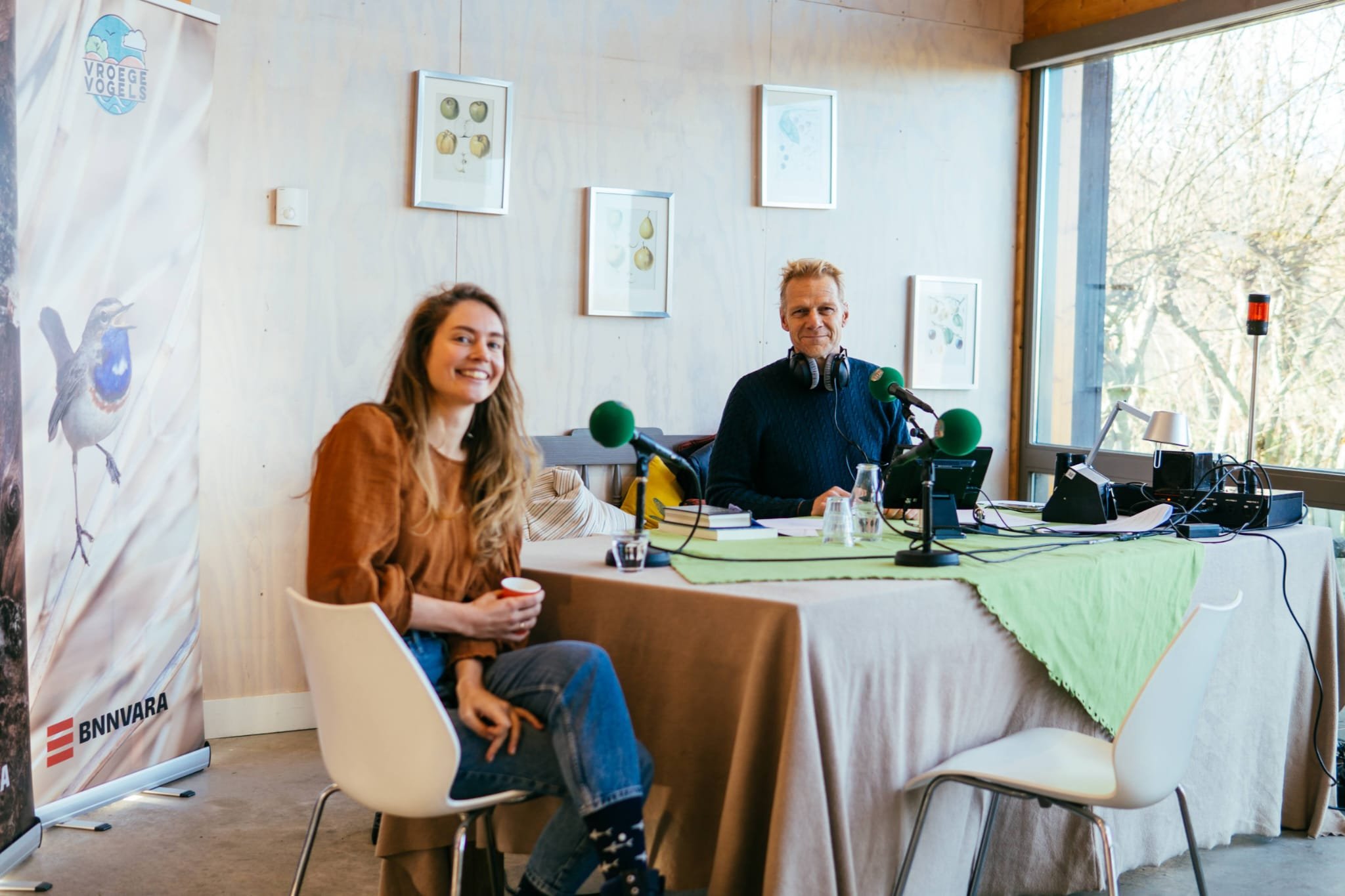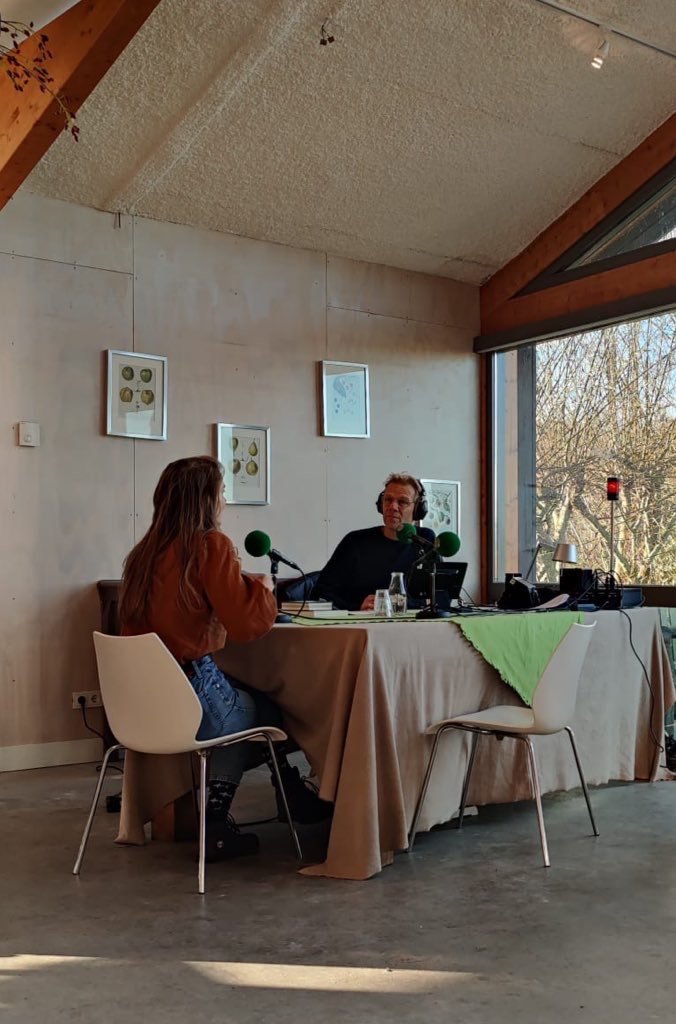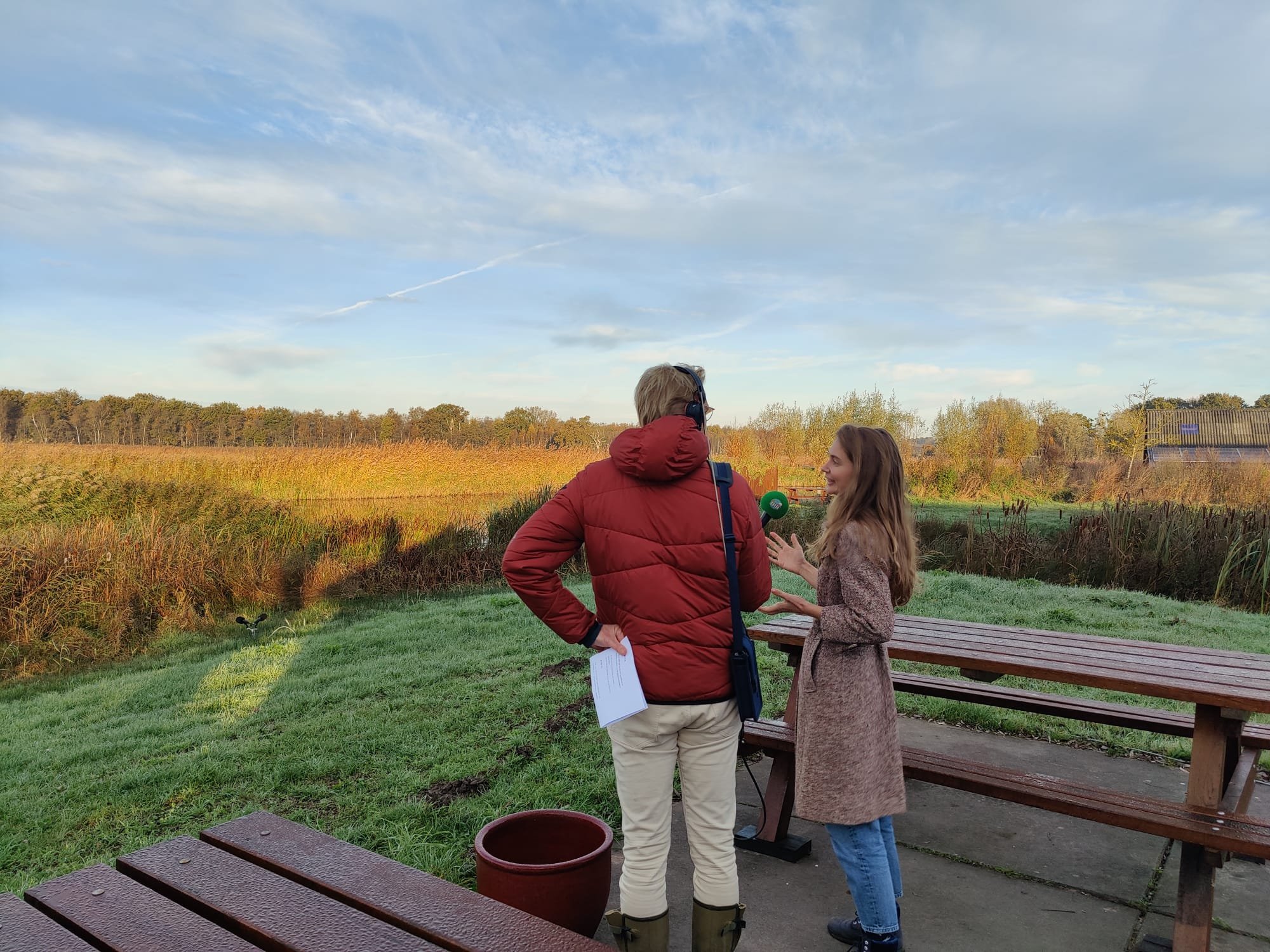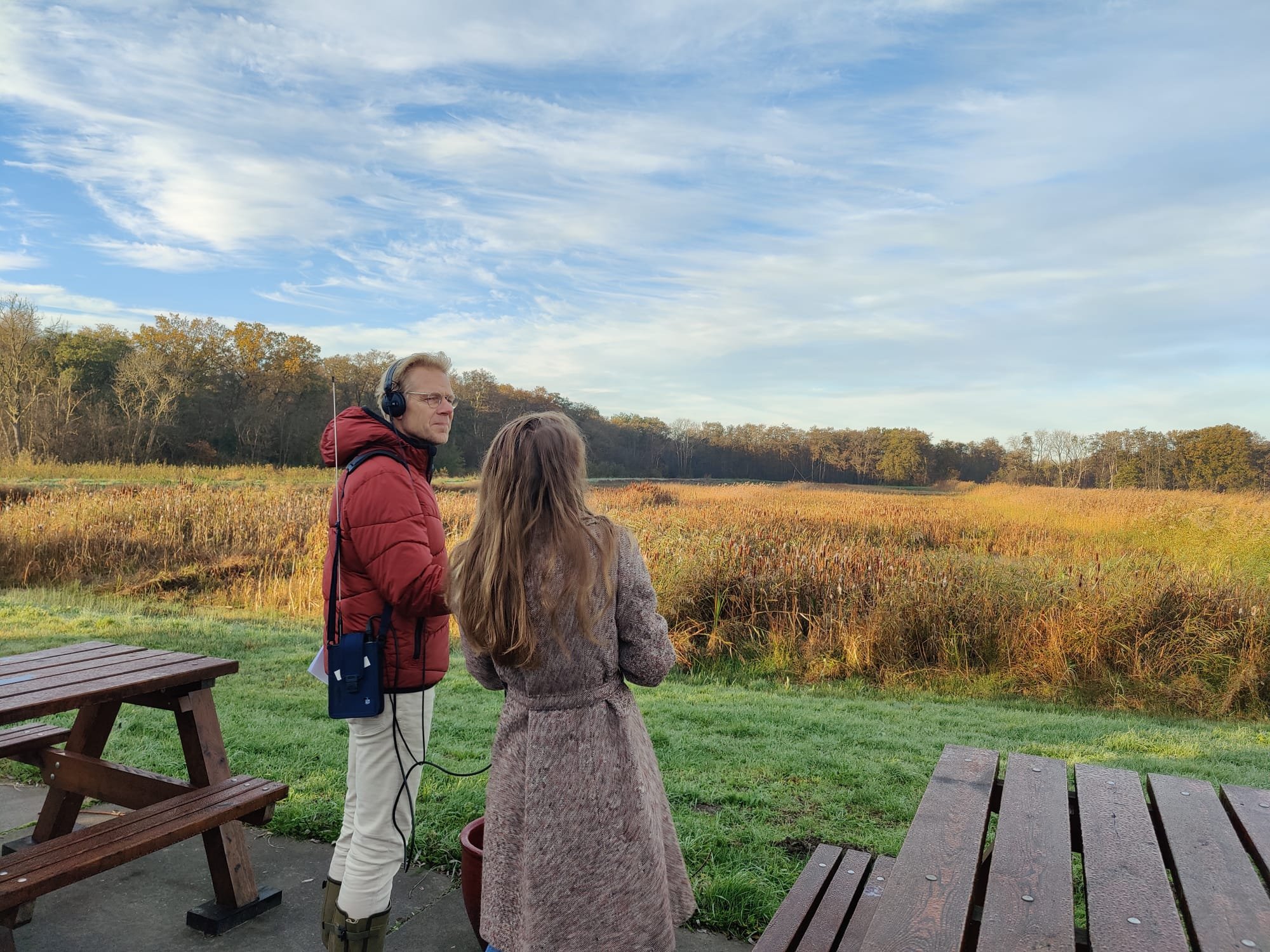
Teatales: why did I bury teabags in seagrass meadows?
For the citizen science project TeaBagIndex, I buried teabags in seagrass meadows to assess decomposition rate within these systems, and to learn what the impact is of turtle grazing on carbon cycling. This is a quantified method to study the carbon cycle across the globe in different habitats. See the video below to learn more about this easy and interesting method and some of my results! For other teatales & more information about the project visit www.teabagindex.org.
Illustrations by Carolina Olid @Carolina_Olid
News article Trouw
De verdediging van mijn proefschrift vond plaats op 1 maart: Wereld Zeegrasdag! Om dit te vieren en zeegras zo meer in het zonnetje te zetten werd ik geinterviewd over mijn promotie onderzoek voor het nieuwsblad Trouw. Link naar het artikel
Ook Bionieuws besteedde aandacht aan mijn promotie en dan specifiek mijn keuze om de gehele commissie uit vrouwen te laten bestaan. Link
Becoming a Dr.! // My PhD defense
Friday 1st of March I defended my PhD thesis titled: 'Herbivores shape the seascape - Cascading effects of herbivores on the functioning of tropical seagrasses in a changing world' at Wageningen University & Research. It was an incredible day filled with lots of nerves, where I first got the chance to present the main results of my work to a general audience (you can access the recording here) .
Next, there was a lively discussion between me and my committee, consisting of Petra Visser Marieke van Katwijk, Juul Limpens and Nicole Esteban. I am very thankful for their time in assessing my thesis and the challenging questions they asked me.
After this, I got my diploma and was awarded the distinction cum laude, which was a huge surprise. Many thanks to my paranimfs Sara Pino Cobacho and Marisha Smulders who were by my side this whole time, and my co-promotors Liesbeth Bakker and Ingrid van de Leemput for their supervision throughout the years.
And lastly all my thanks to the one and only best supervisor of them all: Marjolijn Christianen! I'm very proud that you are the promotor of my thesis and so thankful for everything you have done for me in the past (almost!) 10 years since we started working together. What a wonderful journey it has been. On to many new exciting projects!
Marjolijn and me doing seagrass restoration work on Bonaire
The celebration after my PhD defense with colleagues, family and friends
Finishing my PhD thesis and maternity leave!
This summer, I focussed on finishing my PhD thesis. I had a strict deadline: mid September I would go on maternity leave! Writing my introduction and discussion and thinking about the design of my thesis took up all my time.
One day before my leave started, I finally handed submitted my thesis to the university system (see picture). I will be back in January from my leave, and my PhD defense is scheduled for 1st of March (World Seagrass Day!).
Universiteit van Nederland
What makes seagrass so special? It may look insignificant, and hard to distinguish from other green stuff on the ocean floor such as seaweed. For the university of the Netherlands I was asked to share my enthusiasm on the importance of seagrasses. I took them with me to the northern most part of the Netherlands, to one of our last remaining eelgrass meadows. I also shared parts of my PhD research with footage from the Caribbean.
Tipping point ahead: educational clip
See below our educational clip (in Dutch) that was made for educational purposes (SchoolTV and others) and is centred around my PhD research
New paper out: Invasive seagrass and native upside-down jellyfish are battling for space
Photo credit: Erik Wurz
Researchers from Wageningen University and the University of Amsterdam report on a fascinating case of competition between an animal and an invasive pIant. In tropical ecosystems, photosynthesizing organisms are continuously competing for space and light. The invasive seagrass Halophila stipulacea has been very successful in new habitats both in the Mediterranean and Caribbean seas. It can quickly colonize these habitats because small fragments break off, remain viable and spread via currents.
In a new paper published in Ecology, the researchers report on their discovery that the invasive seagrass uses little mounds - created by burrowing animals as shrimp or seacucumbers – as a new habitat to settle and expand from. The mounds provide new space with sufficient light, opening up the dense meadows of native seagrass where the invasive seagrass otherwise cannot settle. From there, they observed that the invasive seagrass can spread.
But the researchers found that this can cause problems for native species. ‘The upside-down jellyfish lies upside down because it has photosynthetic algae in its tentacles. Therefore, these organisms also need light and prefer open spaces such as these mounds created by burrowing animals. WUR Msc student Naomi Slikboer recorded the presence of both invasive seagrass and upside-down jellyfish on many of these mounds on the island of Curaçao and found that often, the invasive seagrass pushes the upside-down jellyfish out of these habitats over time’, according to the lead author of the study, Fee Smulders.
Photo credit: Erik Wurz
This probably increases the energetic costs for the jellyfish as it has to move more often due to rapid overgrowth of H. stipulacea. Additionally, the authors hypothesize that the interplay between invasive seagrass and burrowing mounds will lead unstable, dynamic seagrass meadows, unfavorable for valuable native seagrass species. Fee Smulders: ‘We need to keep a close watch on this invasive seagrass and investigate the impact on both native species as well as the seascape patch dynamics in Caribbean seagrass meadows.’
Fieldtrip seagrass restoration Nov/Dec 2022
Our fieldtrip this year to Bonaire was again centred around seagrass restoration. The first week, together with Msc student Josien and some wonderful volunteers from Woodwind Bonaire, we set up a new experiment to study the impact of turtle grazing, fish grazing and hydrodynamics on seagrass restoration success. The first results became clear as soon as we set up the experiment: the turtles removed all our restored seagrass, except in the turtle exclosoures. Lesson learned: you cannot restore seagrass without taking the grazers into account!
Next up was the establishment of a larger scale restoration effort in Lac Bay, as part of the RESEMBID program, using BESE elements.: biodegradable sheets that offer seagrass shoots stability during the initial phase of restoration. We combined the seagrass restoration efforts with a training day, during which we trained the local rangers of the Nature park management organisation STINAPA. We had an on-land session to provide information about the various seagrass species, their functioning, interactions with turtles and why it is important to protect and restore seagrass meadows, and we did an in-water session to teach seagrass monitoring methods. Of course, the rangers were also involved in the actual restoration efforts and will continue to monitor the plots. Very inspiring couple of days and really wonderfull and valuable to transfer some seagrass love and interest to others!!
New paper out: sea turtles in a landscape of fear
Drone image of a sea turtle, light colored area is grazed by sea turtles
Many sea turtles live their adult lives in predator-free environments due to overfishing of their main predator, the tiger shark. Because of this, it is largely unknown how sharks impact turtle grazing behaviour. Wageningen researchers have discovered how turtles change their grazing behaviour when they feel safe, and as a result increase their grazing pressure on seagrass meadows.
The ‘landscape of fear’ is an established concept on land, where for instance the presence of wolves influences the risk-avoiding behaviour of deer. This can result in variation in plant abundance and diversity and prevent overgrazing of plants. In the marine environment, it is challenging to detect and map such a landscape of fear, because of the high mobility of large animals in the ocean and unknown cues between predators and prey. Researchers of Wageningen University & Research together with Florida International University and the Centre for Ocean Research and Education in The Bahamas have recently published a paper in the journal Ecology on a field study in the Bahamas. It describes that sea turtles had a vigilant grazing strategy and spread themselves out over the lush seagrass meadows. This was most likely because of the high densities of predators – large sharks – reported in this area, having an impact on turtle movements and behaviour.
Turtles shape the underwater landscape
“We confirmed our hypothesis by adding structures to the seagrass habitat in The Bahamas, and found that turtles quickly moved to the area where they had lots of hiding places,” says Fee Smulders, a PhD candidate at Wageningen University and lead investigator of this study. “As a result, turtle density increased, and the turtles switched to an intensive grazing strategy which led to patches with heavily grazed seagrass. These results reveal that turtles select foraging areas based on habitat complexity, thereby shaping the underwater landscape. Additionally, our results imply that when turtles feel safe, the impact on the seagrass is much larger than when they feel unsafe,” according to Smulders.
Follow-up experiments are needed to disentangle shark hunting strategy and turtle risk perception with regard to their environment. The current study however already adds to the evidence that sharks can increase the resilience of seagrass meadows through fear effects. Seagrass is very valuable to humans, as it provides a home for a wide variety of fish and other species that are commercially important. Seagrass can also help to combat climate change. It protects our coasts by reducing wave energy and can store large amounts of carbon dioxide in the ocean floor at a higher rate than tropical forests.
Protect not only prey animals, but also their habitat and predators
To conserve these valuable ecosystems, the researchers suggest protecting more than one component of the seagrass habitat. “If we only protect the sea turtles and not the sharks or their habitat, we may lose the seagrass in time and with it the most important food source of the sea turtles,” says Marjolijn Christianen, senior author and Associate Professor at Wageningen University. “If we want to ensure plenty of food for sea turtles in the future and not lose valuable seagrass habitat, we have to protect the seagrass and the turtles, together with their predators, the tiger shark. This will ensure a more balanced ecosystem in the long-term.”
Photo: Shane Gross. Grazing sea turtle near a hiding place used in the experiment.
Te gast bij Vroege Vogels
Afgelopen zondagochtend was ik te gast in de studio van Vroege Vogels, op een prachtige locatie gelegen bij het Naardermeer. In gesprek met Menno Bentveld kreeg ik de kans uit te leggen waarom zeegrassen de moeite waard zijn, zowel om te beschermen als om te onderzoeken. Daarnaast sprak ik over ons verrassende onderzoeksresultaat dat zowel schildpadden als haaien een sleutelrol spelen in het vormgeven van het onderwaterlandschap. Het volledige gesprek is terug te luisteren via de volgende link.
// I was invited to join the live morning radio show ‘Vroege vogels’ (early birds) to talk about my fascination for seagrass ecosystems, to explain their valuable traits and why we should invest more in seagrass conservation and restoration. In addition, I was interviewed on the topic of my PhD research, explaining the role sea turtles and sharks have in shaping the underwater seascape, and how we should focus on ecosystem-wide conservation in addition to single-species conservation to ensure balanced habitats. You can listen to the interview (in Dutch) via this link.

































